I Spent The Night In A Haunted Coffin Factory
By Steve Higgins
January 31, 2024
January 31, 2024
This page is more than one year old.

On a blustery evening, I attended a public ghost hunting event at the historic Newman Brothers' Coffin Furniture Manufactory, a site with a rich past and a dash of mystery located in Birmingham's Jewellery Quarter. The event was hosted by Most Haunted Experience (MHE), an events company linked to the well-known British paranormal reality series.
The grade II* listed building, established in 1894, has recently been transformed into a museum, offering a glimpse into the bygone era of coffin furniture production. Notably, this was only the third occasion that the venue had opened its doors for a paranormal investigation, adding an exclusive feel to the night's proceedings.
Upon arrival, the factory's courtyard was a welcome relief from the gusty winds outside. Off of the courtyard was a room that served as a base, where, between vigils, we could warm up with hot drinks and snacks. There, alongside approximately 30 other enthusiasts, I was greeted by the MHE team, which included Karl Beattie and Stuart Torevell, two of the stars of the television series. The building has witnessed over a century of industrial history and, as recent reports suggest, paranormal activity.
Established in 1882 by Alfred and Edwin Newman, the Newman Brothers' factory is a snapshot of industrial history, frozen in time. After ceasing operations in 1998, the factory was left untouched until it reopened as a museum in 2014, with its shelves, workbenches, original stock, and machinery preserved exactly as they were left. This preservation allows visitors to step back in time and experience the daily workings of Newman Brothers, once a leading producer of coffin furniture for some of the most notable funerals, including those of Winston Churchill, Princess Diana, and the Queen Mother.
The guests were divided into three teams, each of which was led to explore the three main areas of the old factory. We were on the hunt for evidence of the reported paranormal activity at the Coffin Works, including whispers, faint voices, and unexplained temperature fluctuations.
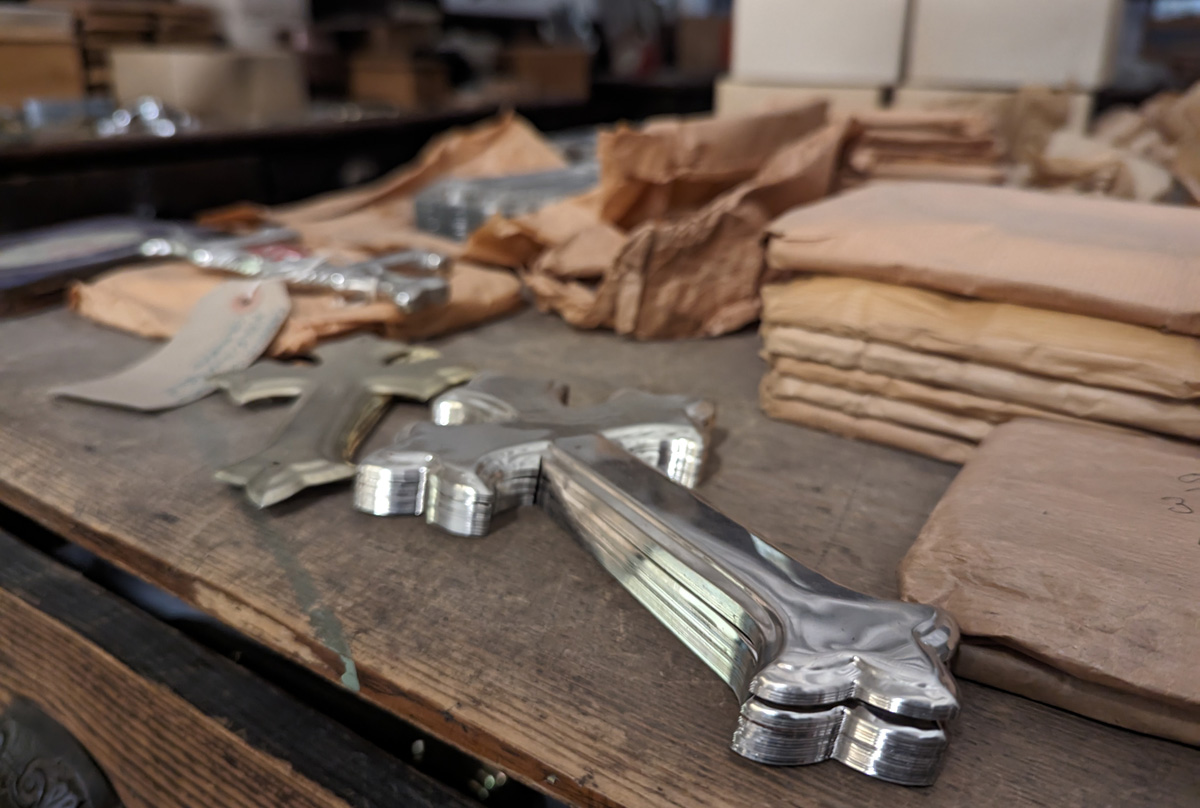
Our first investigation took place on the first floor in the warehouse, an area filled with the products of Newman Brothers' craftsmanship, such as coffin handles and plaques. This space, once bustling with the activity of packing and storing finished products, also housed a small office. Offices were typically placed on the first floor in Birmingham's Jewellery Quarter for security reasons, as they often housed the safes.
Surrounded by the gloom of the former warehouse, we delved into a variety of paranormal investigation techniques, among which were table tipping. Table tipping is a method that involves participants lightly placing their hands on a table and encouraging unseen forces to cause movements.
Although not specifically designed as a ghost hunting tool, we were also using the ever-popular cat balls. These pet toys, designed to captivate animals with flashing lights upon movement, lack the precise movement detection needed to make them a reliable tool for ghost hunting, and their responsiveness can be erratic. At times, they activate without any visible movement, while in other instances, they remain unresponsive despite noticeable motion.
We had a cat ball placed on top of the table so that if the table moved, so would the ball, theoretically lighting up to signal movement in the dark. When the table began to exhibit motion, the ball, too, started to move. Yet, initially, it failed to light up, echoing my skepticism towards these devices' effectiveness in ghost hunts.
I couldn't help but express my doubts, telling the group, "You see, this is why I don't like cat balls, it's moving, but it's not lighting up." Just as the last word left my mouth, the ball chose to light up, as if in direct response to my doubt.
Although unpopular with many investigators, the cat ball's activation shows that there is at least some value in using a trigger object that provides a visual signal when it is interacted with or moved, offering observable, if debatable, evidence of paranormal activity.

Our second vigil took us to the shroud room on the second floor, where women historically crafted the fabric elements of coffins. Here, we attempted to communicate with spirits using the factory's products, including an innovative "coffin tipping" experiment, which is similar to table tipping but using a coffin instead.
The night concluded with a vigil in the stamp shop on the ground floor, the coldest part of the building. This area was dedicated to stamping, a process crucial for mass-producing coffin furniture. It retains much of its original equipment, functioning as a potential hotspot for paranormal activity. The presence of familiar objects and machinery offers numerous opportunities for spirits from the factory's operational days to interact, move items, or produce sounds, adding a layer of authenticity and potential excitement to our investigations.
For those interested in exploring the whispered histories and the tangible connection to this fascinating building's past, a ghost hunt with Most Haunted Experience at the Coffin Works promises a night of unforgettable intrigue. For more details on future ghost hunting events, visit mosthauntedexperience.com.
Further Reading
Dive into the world of the paranormal and unexplained with books by Higgypop creator and writer Steve Higgins.

Demystifying The Oracle
A balanced look at Ouija boards, exploring whether they are toys, tools, or dangerous occult devices.
Buy Now
Alone At The Inn
The full account of a solo paranormal investigation at the Ancient Ram Inn, tied to a documentary film.
Buy NowMore Like This
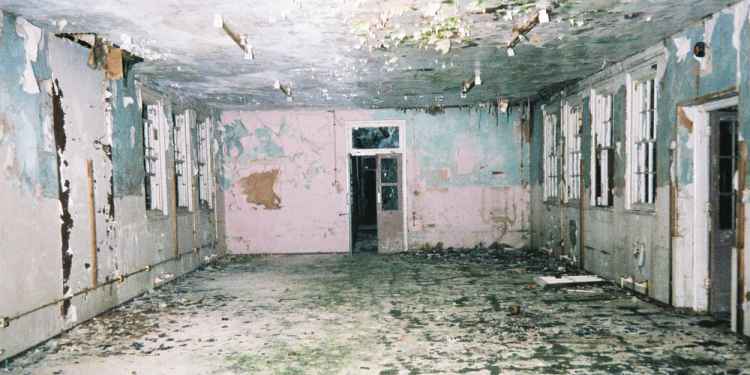
ParanormalOctober 20, 2024
My First Ever Ghost Hunt: 20 Years Ago This Halloween Night
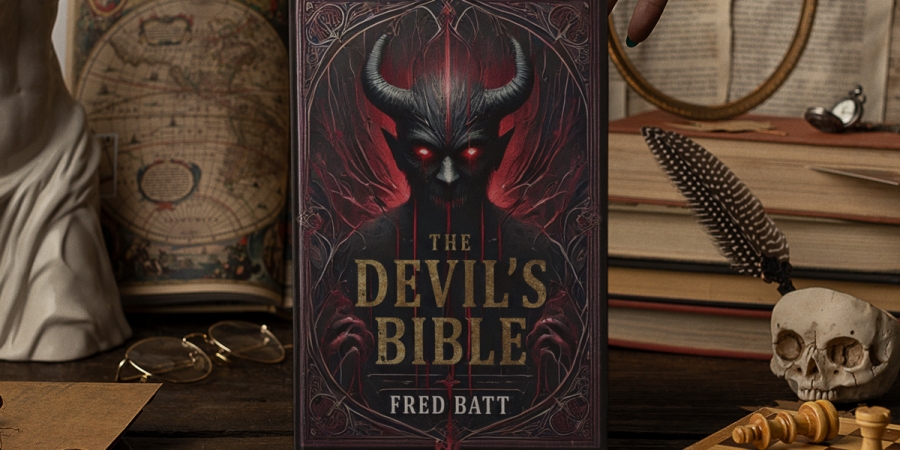
ParanormalAugust 20, 2024
Fred Batt Reveals Dark Secrets Behind His New Book 'The Devil's Bible'
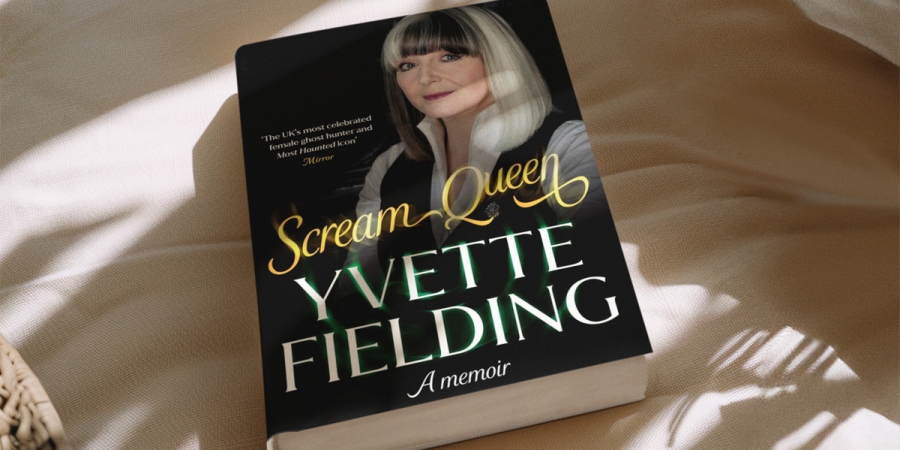
Most HauntedJune 03, 2024
Review: 'Scream Queen' By Yvette Fielding
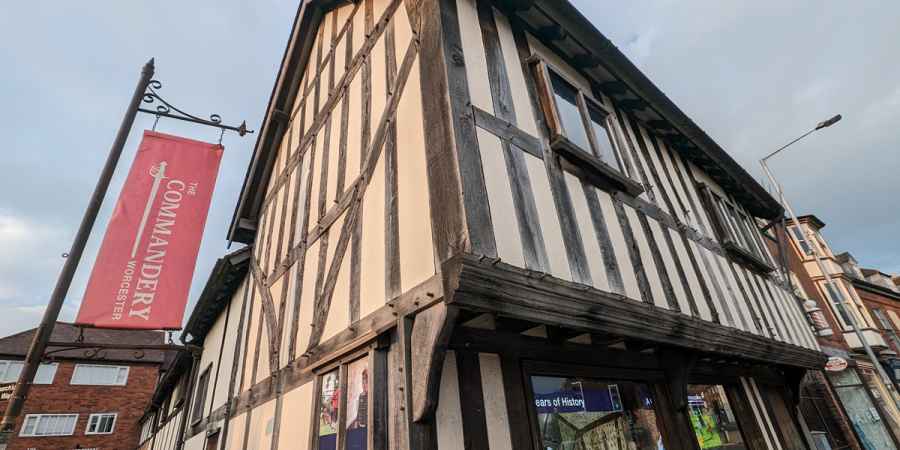
Ghost HuntsJune 02, 2024
Ghost Hunting At Worcester's Civil War Battle HQ
 See More on Audible
See More on Audible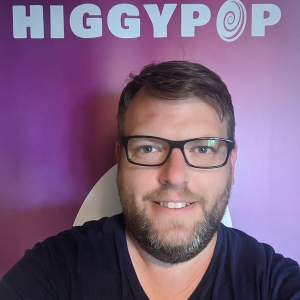

Comments
Want To Join The Conversation?
Sign in or create an account to leave a comment.
Sign In
Create Account
Account Settings
Be the first to comment.